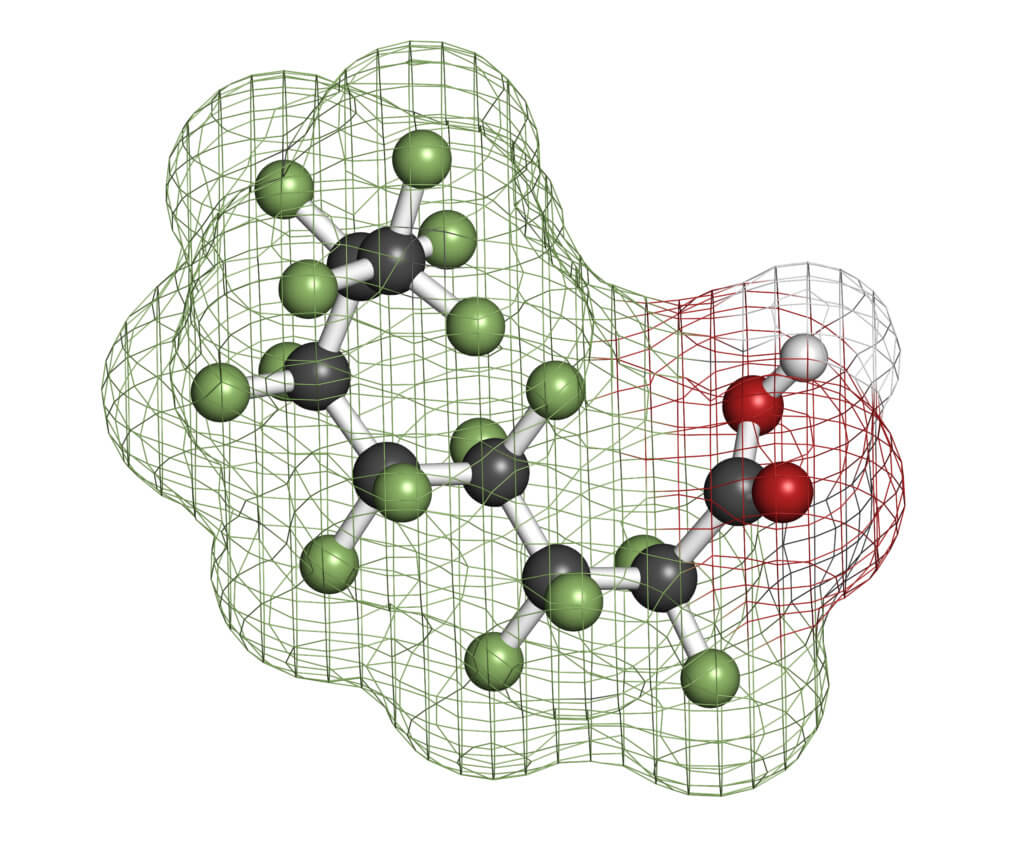On Thursday, February 14, 2019, the Acting Administrator of the United States Environmental Protection Agency (US EPA), Andrew Wheeler, held a press conference in Philadelphia with the Regional Administrator for the Mid-Atlantic Region (Region III), Cosmo Servidio, to announce the US EPA’s Action Plan on per- and polyfluoroalkyl substances (PFAS). Acting Administrator Wheeler indicated at that time that this would be the first of its kind comprehensive, cross-agency action plan to improve upon the research, monitoring, and detection of PFAS in the environment. The U.S. Senate has since voted to confirm Andrew Wheeler as the US EPA Administrator.
The Action Plan identified both short-term and long-term actions to address this class of compounds. Short-term is defined as 2 years and long-term is defined as greater than 2 years. The Action Plan expanded upon the four actions that were announced at the May 2018 National Leadership Summit. The Action Plan detailed actions for drinking water, cleanup, toxics, monitoring, research, enforcement and risk communications.
– To protect drinking water, US EPA indicated that the development of a maximum contaminant level (MCL) is in process under the Safe Drinking Water Act (SDWA) for perfluorooctanoic acid (PFOA) and perfluorooctane sulfonic acid (PFOS).
– To aid in cleanup at contaminated sites, US EPA is continuing enforcement actions and clarifying cleanup strategies, in addition to providing technical assistance to state agencies and the Department of Defense on sites contaminated with PFAS. Additionally, US EPA anticipates listing PFOA and PFOS as hazardous substances under Superfund and is working toward groundwater cleanup recommendations.
– US EPA plans to add PFAS chemicals to the Toxic Release Inventory, which will prohibit the use of some PFAS chemicals and assist in reducing risk to human health and the environment.
– US EPA plans to expand focus on monitoring by including PFAS in the next Unregulated Contaminant Monitoring Rule (UCMR).
– US EPA is expanding research efforts by developing new analytical methods for the analytical detection of PFAS and evaluating the cost and effectiveness for removal of PFAS from drinking water and groundwater.
– US EPA is developing a risk communication toolbox to effectively communicate and provide messaging for public stakeholders to address questions around the risks to communities and residents in areas with potentially contaminated drinking water.
US EPA’s Action Plan for PFAS is an initial step towards progress in addressing this class of compounds that will impact environmental concerns for years to come. Environmental Standards, Inc. (Environmental Standards) has extensive PFAS experience over the last 15 years in method development, data validation, consulting and preparation of Quality Assurance Project Plans (QAPPs), standard operating procedures (SOPs) and Sampling and Analysis Plans (SAPs).

For more information on Environmental Standards’ experience and qualifications, contact David R. Blye.
Further information on the US EPA’s PFAS Action Plan can be found at: EPA’s Per- and Polyfluoroalkyl Substances (PFAS) Action Plan and the EPA PFAS Action Factsheet.


